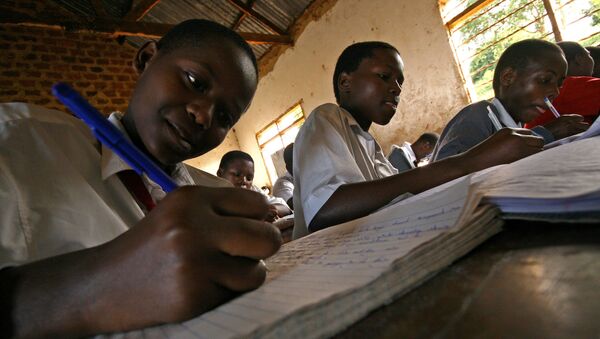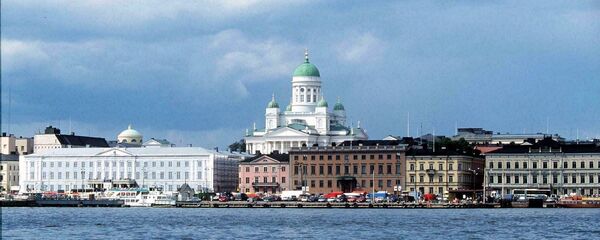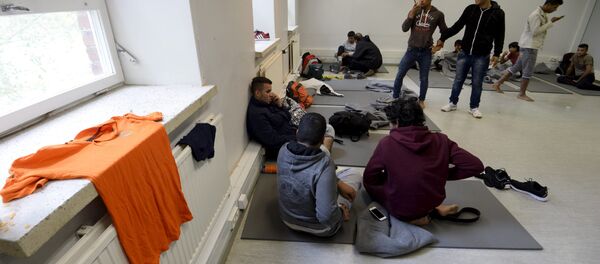Uganda, a nation of 37 million, registered over a million refugees in recent years, mainly due to the war in South Sudan. In 2015 alone, it took in a record 512,000 refugees. The Ugandan experience consists in processing asylum applications as quickly as possible and without interruption allowing refugees to live and work in the community instead of isolating them in special centers.
"There have been five thousand refugees just in the past three days. Yet our borders are still open," High Commissioner for Refugees in Uganda David Apollo Kazungu told the Finnish daily Hufvudstadsbladet in connection with an integration seminar organized by the Finnish NGO FinnChurchAid in Helsinki.
In Uganda, the integration process begins immediately. The country's national development plan is based on the idea that refugees are part of the community and contribute to its well-being. Refugees receive supplies and are allotted a temporary dwelling and access to a plot of land.
"Refugees live in villages together with locals, not isolated in camps or barracks. They are at home even though they come from another place," David Apollo Kazungu told Hufvudstadsbladet. According to Kazungu, refugees are viewed as a valuable resource. "Refugees are not just a humanitarian issue, they are a component of our economic development," Kazungu said.
"It depends mostly on the fear of the unknown," Kazungu said.
Uganda, whose surface is smaller than that of Finland, is the world's second-most populous landlocked country after Ethiopia. Uganda has long been on a list of heavily indebted countries, whose high level of poverty and debt make them eligible for special assistance from the IMF and the World Bank. A settlement called Bidi Bidi, which effectively hosts at least 270,000 refugees, has been identified as the world's largest refugee camp. For the sake of comparison, Espoo, Finland's second-largest city, has a population of 255,000.
Under tree class #Imvepi #SSudanese refugees pupils #north #Uganda #postcard @JuliRengeval @amyfallon @carolineLS7 @aureliebaumel @RosebellK pic.twitter.com/7xUKANcgy7
— Noy Frederic (@fuddish) April 14, 2017
Never miss a story again — sign up to our Telegram channel and we'll keep you up to speed!





